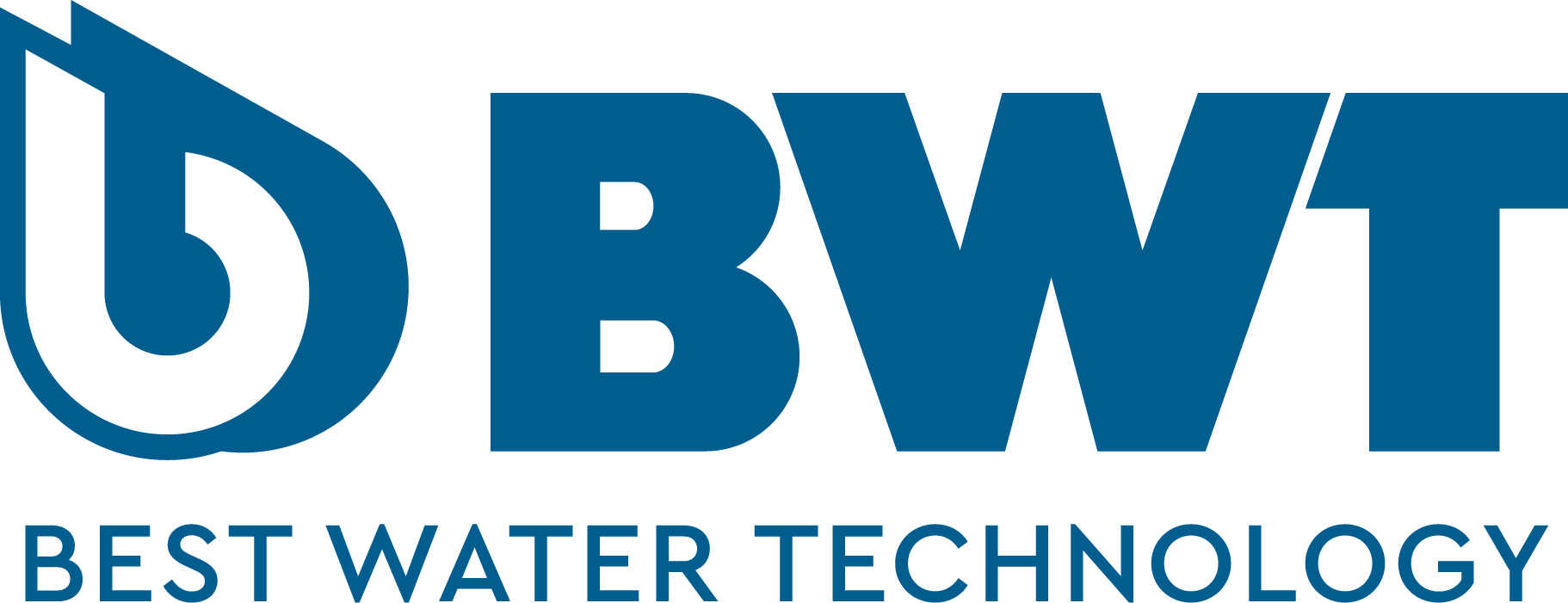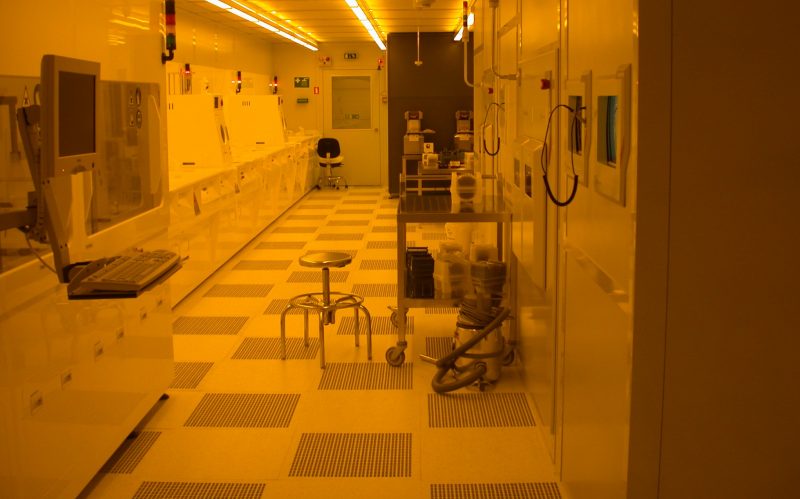Solution provider

Case
Water management


Add the case to your visit request and let us know that you are interested in visiting Denmark
The Grundfos sensor factory manufactures MEMS flow and pressure sensors primarily for use in the company’s own pumps, but they are also used by external customers. The production of the sensor dies takes place in an ISO Class 4 cleanroom, and the water used in the production’s many chemical processes must also be ultrapure.
In the autumn of 2013, Grundfos installed a new water treatment plant from BWT, which would reduce water consumption and the consumption of Mix-bed ion exchangers. Grundfos are very aware of the potential environmental improvements and energy savings, and there is a special environment fund, where production units and departments can apply for funding of projects.
“We were approached by BWT, who with their DemiPro system can both deliver very good quality water with a low conductivity level corresponding to less than 0.1 µS/cm, while also utilising the water very efficiently, which reduces waste significantly,” says Ulla Bork, who is a chemical and process engineer at Grundfos, who was responsible for the project.
The photos show, among other things, the cleanroom with yellow light. This is due to the photolithographic processes that, for one thing, are sensitive to white light. A bit like in an old-fashioned darkroom, where they used red light
The investment was paid back in one year
In the old RO plants that Grundfos had, you could only clean the water down to a conductivity of 5-7 µS/cm, so there was a long way down to the 0.06 µS/cm that was required in production.
“Therefore, we sent the water through a polishing plant that further improved the water quality. It required a larger and quite costly consumption of Mix-bed ion exchangers. We still send water through the polishing plant, but because the water quality before polishing is now much better, we have reduced the consumption of Mix-bed ion exchangers by 93%, so that today we only spend about DKK 17,000 a year on these chemicals instead of DKK 250,000 that we previously used to spend. We also save a lot of time and heavy lifting every month, so that this work is significantly reduced,” says Ulla Bork and continues:
“There are also very large water savings from the DemiPro plant. Where with the old plant we had a water loss of about 40%, with the new plant we only waste 1-2%. This means that our total water consumption has reduced by about 67% from 3068 m3 of water in 2013, to 1019 m3 in 2015. This corresponds to a saving of more than DKK 100,000 on water and drainage each year. So overall, the plant has performed so well that the investment has been paid back much faster than the 19 months we expected when we decided on it,” she concludes.
Conductivity is monitored digitally by Grundfos and any errors result in an e-mail and TEXT to the relevant employees at Grundfos. BWT also remotely monitors the plant due to an agreed service contract with BWT.